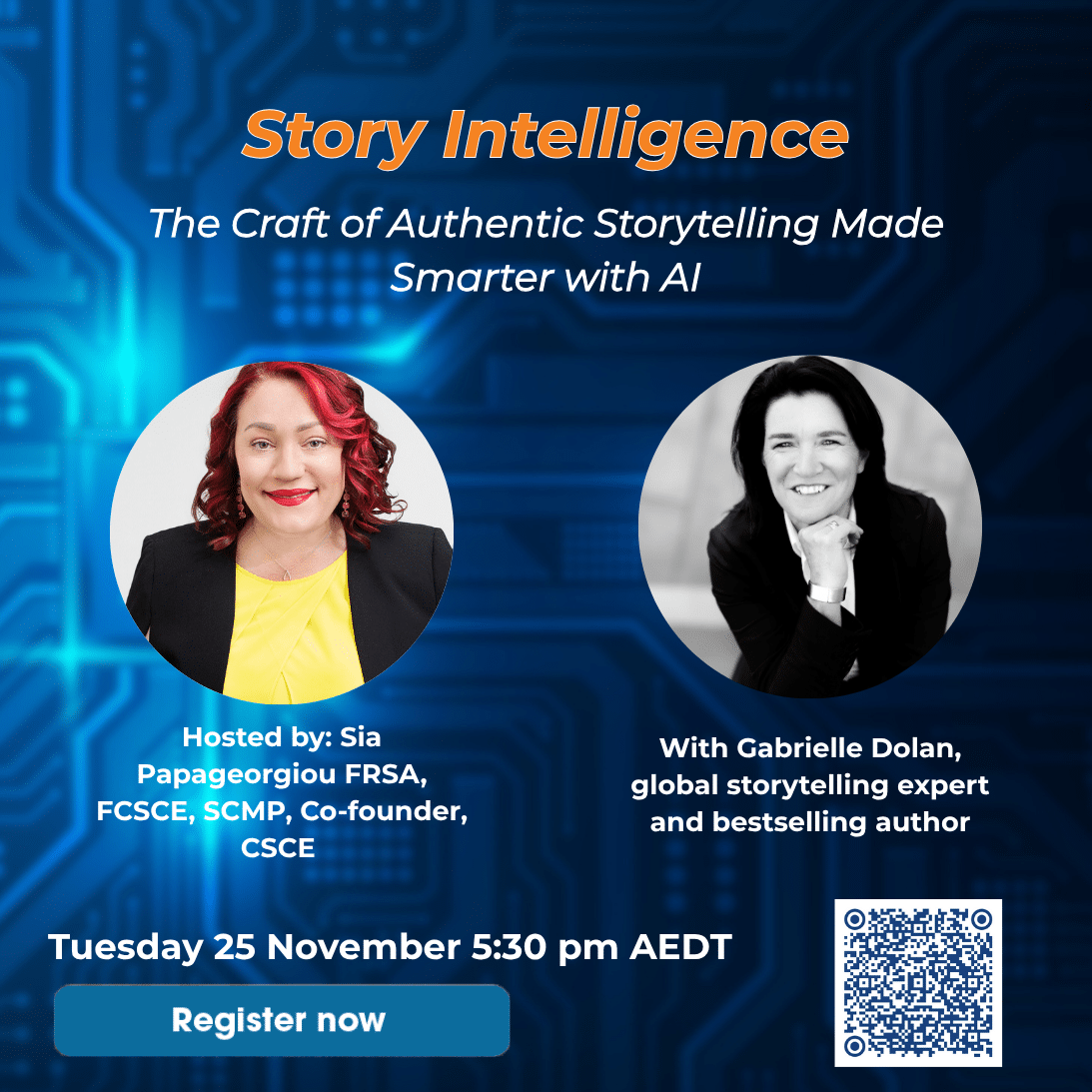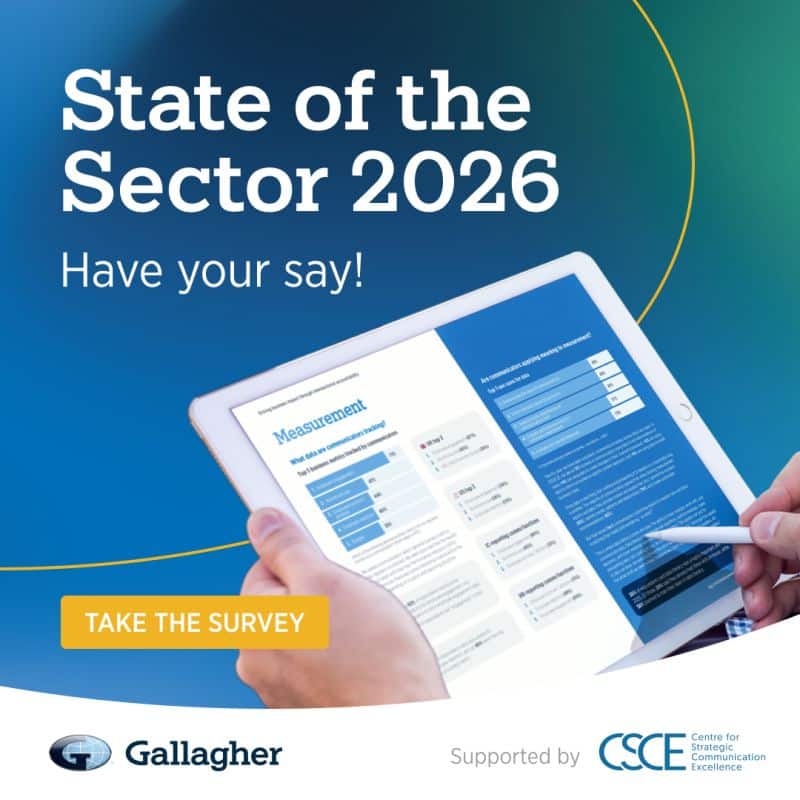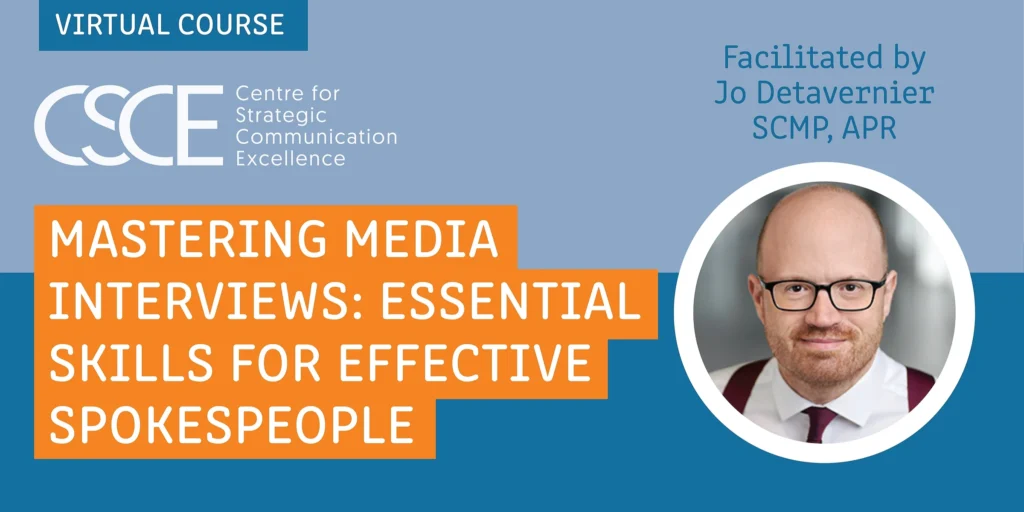In 1938, an adaption of HG Wells’ “The War of the Worlds” was broadcast on radio and sent listeners into a panic. Thousands believed they were hearing genuine news reports of an alien invasion, missing the disclaimer that it was fiction. Nearly a century later, we face a similar crisis. But this time, the fabrications are far more sophisticated and the stakes considerably higher.
Welcome to the Distrust Age, where artificial intelligence can generate convincing videos of world leaders making threats they never uttered, create testimonials from people who don’t exist, and flood our feeds with content that’s increasingly difficult to distinguish from reality. For business leaders and professional communicators, this presents both a profound challenge and an extraordinary opportunity.
The Trust Crisis Is Real
The numbers paint a sobering picture. According to the 2025 Edelman Trust Barometer, which surveys over 33,000 people across 28 countries, trust has stagnated at just 56 per cent globally. More alarmingly, 61 per cent of respondents hold grievances against government, business and the wealthy, believing these institutions serve narrow interests while regular people struggle.
For the first time ever, trust in employers has dropped globally. Concerns about misleading information have reached unprecedented levels: 69 per cent worry about government leaders deliberately misleading people, 68 per cent about business leaders, and 70 per cent about journalists. When you flip those numbers, only three in ten people feel confident they’re not being manipulated.
The World Economic Forum’s Global Risks Report 2025 reinforces these findings, identifying misinformation and disinformation as the top global risks for the second consecutive year. AI has significantly lowered the barriers to producing and distributing false content, making it increasingly challenging to distinguish genuine information from deceptive material.
For professional communicators, this erosion of trust isn’t just a societal problem, it’s your problem. When your audience approaches every message with scepticism, even your most carefully crafted communications risk falling flat.
Why Stories Cut Through the Noise
Here’s what science tells us about storytelling: it’s one of the few communication methods that activates all areas of the brain simultaneously – logical, emotional and sensory. When we hear a good story, we don’t just process information; we experience it.
Neuroeconomist Paul Zak’s research shows that storytelling stimulates oxytocin, often called the ‘trust hormone’. Released during moments of trust or intimacy, oxytocin signals safety and builds connection. Remarkably, hearing an authentic story can trigger the same release as a handshake or hug, building a bond between storyteller and audience.
The research goes further. Stories with emotional highs and lows not only capture attention but also inspire empathy and action. In one study, participants who watched an emotional story produced both cortisol (heightening focus) and oxytocin. Those with higher oxytocin levels were more likely to help a stranger afterwards.
Compare this to how we typically communicate in business. We rely heavily on spreadsheets, charts, data analysis and return on investment calculations. While facts are undeniably important, they inform rather than influence. As neuroscientist Antonio Damasio discovered, people with an impaired emotional centre in their brain struggle to make even simple decisions, despite having intact logical reasoning. His conclusion? “We are not thinking machines that feel; rather, we are feeling machines that think.”
The Memorability Gap
Consider this experiment from Stanford University: students prepared one-minute speeches, using an average of two and a half statistics. Only one in ten told a story. Ten minutes later, just 5 per cent of the audience could recall any statistics, while 63 per cent remembered the stories. That’s roughly thirteen times more memorable.
This isn’t just academic theory. When my workshop participants share personal stories related to their work, they invariably comment afterwards that they feel a greater connection with each other. Stories don’t just convey information, they build trust, fast-tracking new connections and strengthening existing relationships.
Aristotle’s Timeless Wisdom
The ancient Greek philosopher identified three core elements of influence: ethos (personal credibility), pathos (emotional connection) and logos (sound logic). Think of these as a three-legged stool. Currently, most business communication resembles a stool with one long leg (logic) and two stunted ones (credibility and emotion).
We excel at the logic part. We’re brilliant at presenting data, building cases and demonstrating return on investment. But true influence emerges when logic, personal credibility and emotional connection work in harmony. Sharing authentic stories is an exceptionally effective way to build those missing legs of credibility and emotional connection. Not easy… but effective.
AI as Your Creative Storytelling Partner
Here’s where it gets interesting. Despite AI’s role in eroding trust through deepfakes and misinformation, ignoring this technology would be a costly mistake. Within five days of launching in 2022, ChatGPT had one million users. A feat that took Instagram five months, Facebook ten months and Netflix three and a half years.
The key is understanding AI’s proper role. It cannot (and absolutely should not) replace your authentic stories. It cannot replicate your lived experiences, your unique perspective, or the genuine emotional resonance that comes from sharing something real.
However, what AI can do brilliantly is serve as your creative partner. Helping you find relevant stories from your experience, refining your stories, suggesting different angles, and editing for clarity and impact.
Your Competitive Advantage
In a world where AI generated content is on the rise, your authentic stories can become your competitive advantage.
When audiences are drowning in artificially generated content, your very humanness becomes your differentiator.
This matters whether you’re leading organisational change, pitching to clients, connecting with social media followers, or building your personal brand. People are looking for real voices, raw honesty and a sense that actual humans stand behind the message.
The stories you share cannot afford any elements that “just don’t seem believable”. They must be true, rooted in genuine experience, and shared with authentic intent. In an age of distrust, this authenticity is your greatest asset… perhaps even your superpower.
Moving Forward
Professional communicators and leaders who master this balance of combining authentic storytelling with AI’s creative assistance, will thrive in this new landscape. Those who rely solely on data or, conversely, ignore AI entirely will struggle to cut through the noise.
The craft of authentic storytelling, enhanced by thoughtful use of AI, isn’t just important for business success. In a world of declining trust and proliferating misinformation, it’s essential for building the genuine connections that drive meaningful outcomes.
Your experiences, perspectives and stories are unique. No AI can replicate them. The question isn’t whether to tell your stories… it’s how to tell them more effectively. That’s where story intelligence comes in: the ability to purposefully and skilfully use authentic storytelling to communicate with clarity, connect emotionally, and inspire action.
In the Distrust Age, this might be the most valuable skill you can develop.
Gabrielle Dolan is global expert on real communication and business storytelling. Her latest book Story Intelligence: The Craft of Authentic Storytelling made Smarter with AI is available now. To find out more head to www.gabrielledolan.com
Story Intelligence:
The Craft of Authentic Storytelling Made Smarter with AI
Tuesday 25 November 5:30 pm AEDT
Discover how the power of story and the precision of AI come together to redefine the future of authentic communication.







